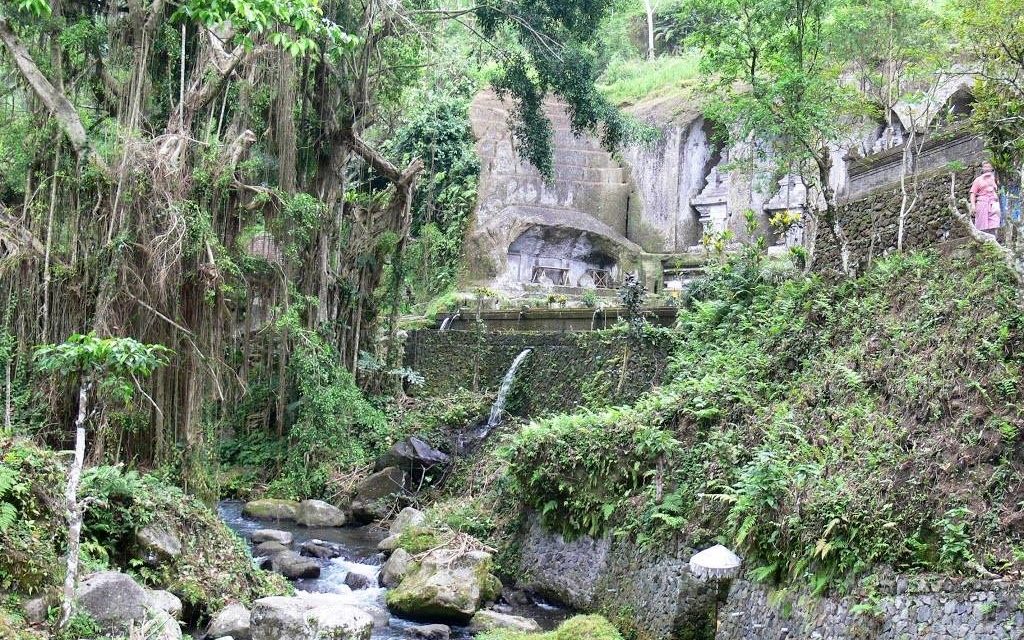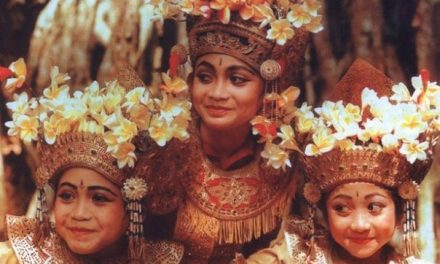When we talk about Bali, Indonesia, many of us instantly picture serene beaches, vibrant sunsets, and perhaps a soothing gamelan playing in the background. But what really makes Bali shine is its rich culture, especially the enthralling traditional dances like those found in Kuta. Having spent time in this bustling part of Bali, I’ve seen the soul of Kuta revealed through its dance styles. Let’s dive into the mesmerizing world of Kuta traditional dance, exploring its styles, variations, and the heartwarming stories behind them.
The Heartbeat of Kuta: Traditional Dance
In Kuta, traditional dance is more than just a performance. It’s a vibrant expression of community, spirituality, and history. When I first watched a traditional dance at a local warung, the atmosphere was electric. The rhythmic clapping of the audience, the elegant movements of the dancers, and the way the gamelan infused life into every step created a memory I cherish dearly.
Key Styles of Kuta Traditional Dance
1. Legong Keraton
This dance is characterized by its intricate finger movements, dynamic facial expressions, and swift, graceful choreography. The Legong is often performed by young girls, and their sweet, innocent faces tell stories of ancient legends. I remember a captivating performance I attended where a girl no older than ten danced with such poise and skill that it brought tears to my eyes.
2. Kecak Dance
Picture this: a circle of men raising their hands high, chanting “cak, cak, cak” in unison. The Kecak dance is not just entertainment; it’s a spiritual experience. It blends storytelling with hypnotic rhythms that transport you to the mythical tales of Ramayana. I recall being pulled into the circle, feeling the raw energy and unity the dancers embodied. The echoes of their chants resonated deep in my soul, reminding me of the power of community.
3. Barong Dance
The Barong dance features a mythical creature, representing good, battling against the evil Rangda. When I first witnessed this dance, the contrast between the vibrant Barong and the eerie Rangda fascinated me. The costumes were elaborate, and the performers conveyed a powerful message about the eternal struggle between good and evil. It was a reminder of the narratives we all share, regardless of where we come from.
Variations to Explore
Kuta is known for its playful and relaxed atmosphere, and this reflects well in its traditional dance forms. While the primary dances have their distinct features, several variations and regional styles carve their unique niches:
– Topeng Dance: This dance involves masked performers who narrate a story through dramatic facial expressions and movements. The masks often depict different characters, making it visually captivating. I found myself deeply engaged while trying to decipher the emotions behind the masks.
– Tari Puspanjali: Celebrated during religious ceremonies, this dance uses flower offerings and symbolizes devotion and spirituality. Watching it during a temple festival was like witnessing a heartfelt prayer coming to life.
Relatable Anecdotes
Let’s face it: sometimes, understanding a dance’s context can be challenging, especially for newcomers. I’ll never forget my first Kecak performance. I was completely lost, my friends and I were trying to piece together the storyline without any translation. Thankfully, a local man, sensing our confusion, sat beside us and filled us in on the story unfolding before our eyes. That moment turned a simple performance into a shared storytelling experience, making it one of my travel highlights.
Practical Advice for Enjoying Kuta Dance
1. Immerse Yourself: Whenever you have the chance, attend a live performance. Engage with the dancers afterward; many are happy to share their experiences and the stories behind their dances.
2. Ask Questions: Don’t hesitate to ask locals about the dances. They often have a wealth of information and will appreciate your interest. I learned fascinating insights from my local friends, enriching my appreciation for the dances.
3. Visit During Festivals: Plan your visit around Balinese festivals. The atmosphere is charged with ritual, music, and dance, offering a more authentic experience compared to regular performances.
4. Learn the Basics: If you’re feeling adventurous, many places in Kuta offer dance workshops where tourists can learn the basics of dances like Legong. Trust me; it’s a delightful way to connect with the culture!
Conclusion
Experiencing Kuta traditional dance styles is about more than observing art; it’s about connecting with the pulse of Balinese culture. The dances tell stories, celebrate our shared humanity, and evoke a sense of wonder that transcends borders. So, the next time you find yourself in Kuta, take a moment to immerse yourself in its traditional dance scene. Who knows? You might just leave with a deeper appreciation for this beautiful world and perhaps a little dance moves of your own to share with friends back home!






